The 10 Biggest IBM Stories Of 2010
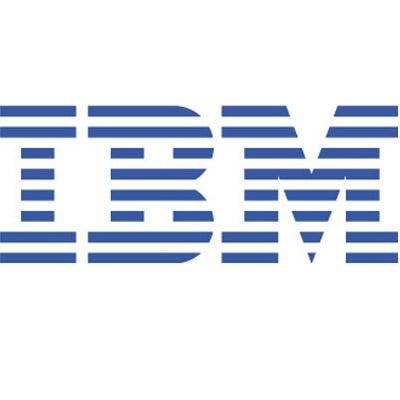
The Top 10 IBM Stories Of 2010
Many of the big IT companies seemed to spend 2010 undergoing transformative change (Oracle integrating Sun Microsystems) or turmoil-inducing management changes at the top (Hewlett-Packard and SAP).
But at IBM the focus was on keeping the big company on the right strategic course through a critical internal reorganization, acquiring technology companies to fill out its product portfolio, and making improvements to its channel program to help expand its midmarket sales efforts.
Here's our list of the top 10 IBM stories of the year.

1. Reorganization Puts Emphasis on Hardware-Software Integration
In July IBM named Steve Mills group executive of Software and Systems, bringing the company's hardware and software businesses under a single executive in a move widely seen as furthering the company's efforts to sell turnkey hardware-software systems.
Mills previously had led IBM's Software Group. Rod Adkins, who manages IBM's Systems and Technology Group, now reports to Mills instead of directly to CEO Sam Palmisano. And IBM's two services operations, Global Technology Services and Global Business Services, were put under the management of a single executive, Mike Daniels.
Software and services make up an increasingly larger part of IBM's businesses, with hardware becoming commoditized and evolving into a delivery vehicle for software and services. Services accounted for 58 percent of IBM's $24.3 billion in sales in its third quarter ended Sept. 30 while software accounted for 21 percent.

2. Shopping Spree
In terms of price, none of the more than 15 acquisitions IBM made in 2010 came close to Oracle's $7.3 billion purchase of Sun Microsystems. But IBM's acquisitions were proof that it intends to compete across a broad range of areas.
In May CEO Sam Palmisano said IBM would spend about $20 billion on acquisitions during the next five years. The biggest this year were data warehouse appliance vendor Netezza for $1.7 billion and Sterling Commerce, a developer of supply chain and business collaboration applications, for $1.4 billion. Other acquisitions were in online marketing software, including Unica ($480 million) and Coremetrics, and in financial governance and compliance, including Clarity Systems and OpenPages.
Also on the list: Big Fix (security management), Datacap (data management), Storwize (realtime data compression), Cast Iron Systems (data integration), Initiate (data integrity), Lombardi (business process management) and Intelliden (network management).
3. Focus On The Midmarket
In 2010 IBM made it very clear that it sees its greatest growth opportunities in the $152 billion midmarket and that it's counting on its channel partners to help it succeed.
In January IBM said it would pass nearly all new midmarket software sales leads valued at up to $50,000 to its software resellers. That move came as the company's Authorized Software program took effect under which resellers had to be certified to continue selling IBM software products. IBM spent $130 million in 2010 on marketing and demand-generation programs to help channel partners expand their midmarket sales efforts.
In July IBM appointed Andy Monshaw (pictured), a 25-year industry veteran, to the post of general manager of global midmarket business operations, reporting to channel chief Rich Hume. And in October the company unveiled plans to develop prepackaged IT systems designed for midmarket customers to be sold exclusively through the channel.
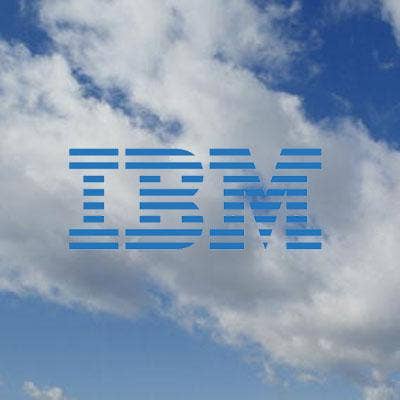
4. IBM's Cloud Computing Push
IBM expects cloud computing to add significant growth to its business even while acknowledging that it will cannibalize much of its existing business. In 2010 IBM laid the groundwork for that transformation for itself and its channel partners.
IBM boosted its "cloud cred" with such new products as the WebSphere CloudBurst Appliance and its BlueWorks Live cloud computing business process management suite. IBM also acquired Blade Network Technologies, a developer of data center switching technology, in a move to optimize IBM servers for cloud computing.
IBM also prepared its channel partners for cloud computing. In March it debuted a cloud-based software development and test service for partners, and in October launched its Cloud Computing Lab platform. IBM is also preparing to launch a cloud-computing-specific partner program in early 2011.
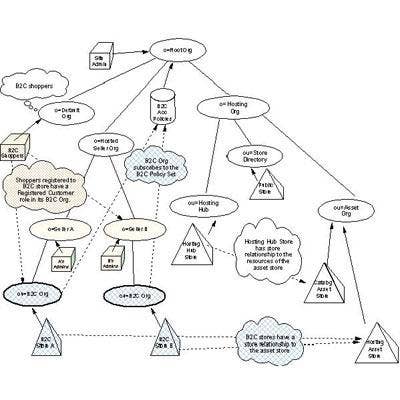
5. IBM Offers Vertical Industry Certifications For Software Resellers
In 2009 IBM said it would require its software resellers to become certified in the IBM products they resold, part of an effort to get solution providers to upgrade their skills and add more services around IBM products. That requirement took effect Jan. 1 with thousands of software resellers getting certified under the Software Plus Value program.
This year IBM went a step further and offered partners certifications in vertical industries, giving solution providers a leg up in the market for industry-focused solutions, which IBM put at $123 billion worldwide in 2010. IBM is offering certified partners higher margins, access to IBM market research and other incentives. But if those aren't enough, market researcher IDC said 65 percent of businesses are willing to pay a premium for services from solution providers with vertical industry expertise.
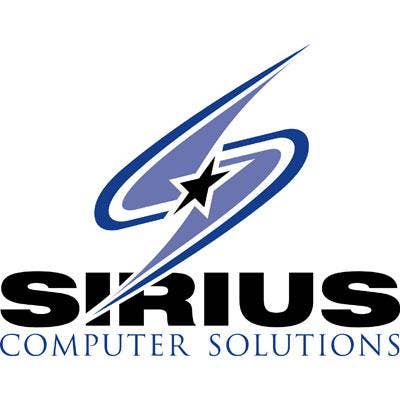
6. Sirius Acquires MSI
Not all of the biggest IBM stories came from inside the company. Sirius Computer Solutions became a $1 billion powerhouse and the undisputed king of the IBM channel when it acquired MSI Systems Integrators in December. The acquisition was one of the most visible cases during the year of the consolidation that's sweeping the channel.
Sirius and MSI were both premier IBM business partners, in addition to working with Hewlett-Packard, Cisco and NetApp, among others. Sirius had 2009 sales of $693.8 million and was ranked No. 87 on CRN's 2010 VAR500 list, while MSI's $350.9 in sales in 2009 put it at No. 133 on the list.
MSI's network operations center, managed services and project management capabilities were particular attractions for Sirius. The acquisition also helps Sirius expand its presence in the Midwest states of Nebraska, Kansas, Iowa and the Dakotas.
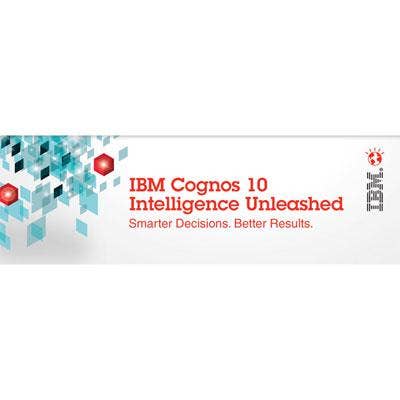
7. Cognos 10 Makes Its Debut
IBM has identified business intelligence as a strategic initiative for itself and its channel partners. In October the company strengthened its market position by unveiling Cognos 10, the most significant release of the company's flagship business intelligence software since IBM acquired Cognos in January 2008 for $4.9 billion.
Highlights of Cognos 10 included new social networking, collaboration and mobile computing capabilities. IBM debuted Cognos 10 in October at its Information on Demand conference in Las Vegas. The IOD event had 10,000 attendees, making it one of IBM's biggest annual conferences and providing further proof of the importance of BI products and services to IBM's future.
Revenue from IBM business analytics products and services grew 14 percent in the company's third quarter ended Sept. 30 and IBM has forecast that they will generate $16 billion in annual sales for the company by 2015.
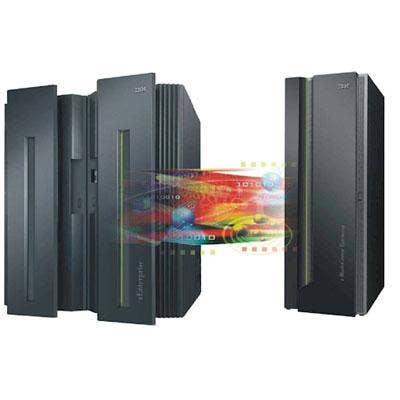
8. IBM Launches zEnterprise Mainframe
While IBM's focus seemed to be on software and services for much of the year, in July it reminded everyone that it remains a hardware powerhouse by debuting the zEnterprise, the newest generation of the company's venerable mainframe line.
The zEnterprise utilizes a 5.2GHz processor, supports up to 3 TB of memory and can create up to 100,000 virtual machines. But while mainframes are all about power, the marketing message accompanying the zEnterprise unveiling was its ability to sharply reduce IT operating expenses through reduced power consumption and lower storage and computing costs.
Steve Mills, senior vice president and head of IBM Systems and Technology, called the zEnterprise debut "the most powerful announcement we have ever made in terms of customer economics."

9. Moffat Pleads Guilty To Insider Trading
In March former executive Robert Moffat Jr. pleaded guilty to securities fraud charges stemming from an insider trading case in the hedge fund industry that allegedly netted $20 million in illegal profits. Moffat, sentenced to six months in prison, was accused of passing along insider information about IBM's and Lenovo's financial performances in the companies' respective fiscal quarters ending in September 2008.
For Moffat, it was a long fall from the near-top. At the time of his arrest Moffat was senior vice president and group executive for IBM's $20 billion hardware business and was often cited as a potential successor to CEO Sam Palmisano. A 31-year IBM veteran, Moffat had become IBM's "Mr. Fixit" by dealing with troubled operations such as IBM's Personal and Printing Systems Group and overhauling the company's arcane supply chain.
But the insider trading case Moffat was ensnared in proved to be too much for even Mr. Fixit to extricate himself from.
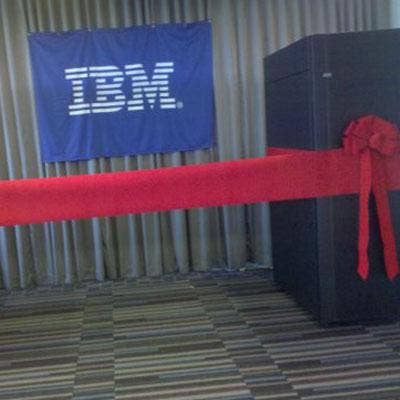
10. IBM Opens Its Largest North American Development Lab
In June IBM cut the ribbon on what it calls its largest software development laboratory in North America. Located in Littleton, Mass., the Mass Lab facility pulls together staff from a number of IBM's Boston-area acquisitions, including Ascential Software, Cognos, Guardium, Ounce Labs and Rational Software.
The lab has a 59,000-square-foot data center and will eventually house 3,400 developers and software engineers, 10 percent of all IBM developers, working on software for systems management, mobile computing, collaboration, social networking, cloud computing and analytics.
Check out the other biggest IT vendor stories of 2010.